© 2014 Gary Smith Fishing Ltd All Rights Reserved





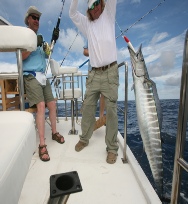
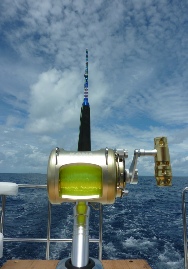

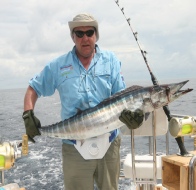

Proudly Associated With

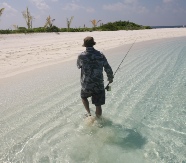
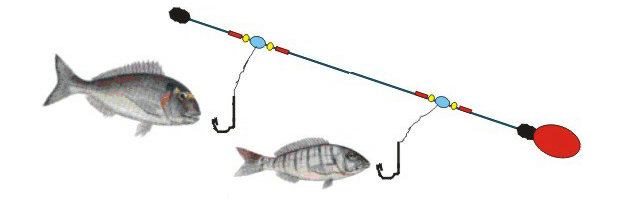
Back
Following on from last time we are concentrating on where to find fish when casting out from the shore and more importantly, how to catch them.
Calm Seas at Dusk Into The Night Fishing from dusk into the night is the most likely time to catch for anglers here fishing the Mediterranean. Again it is important to remember this is the Mediterranean and many theories or tackle set ups used in other seas do not work well here. This is mainly because of the clear waters and very little tidal influence. Although you will, in certain areas, find strong currents which can tangle end tackle and cause certain associated problems such as drifting lighter weights and tangling main lines when fishing with two rods, or close to someone else. So we are all set up on the beach and we are fishing a clean sandy bottomed sea bed. The light is starting to fade and we need to find out where the fish are. As with daytime waters it is worth putting a line out a few metres from the shoreline but this time use a two hook paternoster with a long bottom hook length maybe thirty centimetres maximum and a twenty centimetre top hook length. Weight needs to be around eighty grams if calm. Hooks size eight to twelve. The only thing to make sure here is that the top hook length cannot tangle with the bottom one. If you have a one point two metre terminal rig make sure you position the swivels far enough apart when constructing the rig to prevent this happening. It is annoying when you reel in after twenty minutes of inactivity and find both hook lengths tangled together. Load the top hook with Coreano worm and the bottom hook with Americana if you can. Americana worm produce lots of blood when loaded with a baiting needle and this obviously acts as an attractant to any fish in the vicinity. Once this line is cast out every five minutes reel in a turn to draw the line to the shore line. Once at the shore line leave for ten minutes before checking or reloading the bait. The worms can wash out fairly quickly on the shore edge as even in calm waters there is turbulence which moves the bait around more than normal. If you do not have access to worm baits then try prawn, small pieces of squid or pieces of fish. Sardine from the supermarket is ok but remember to keep the pieces small and you may need to use a size six hook with baiting elastic. You are targeting Lubina (Sea Bass) but may be surprised by a hard fighting Palometa. These are metallic silver and can grow up to seventy five centimetres long. They are found along our coast line throughout spring and summer. Fish this area until just after dark.
After dark we need to concentrate on other fish that will now be starting to feed. The Magret (Striped Sea Bream has to be the number one target. The Magret usually feeds off the bottom but will go for a worm bait presented off the sea bed. Again use a two hook paternoster to start with, ideally with Coreano worm bait. If available try Arena worm. This is the sand worm and if Magret are present they are more likely to go for these worms than any other. Use the longest bottom hook length you can get away with without tangles occurring and a top hook length of once again around twenty centimetres. Use a one hundred and twenty gram weight and cast out to fifty metres. Wait ten minutes and reel in five turns. Repeat this several times and if no success is gained reload the bait and cast out to seventy metres again reeling in five turns every ten minutes or so. In other words try different distances until you detect a bite. The Magret bite does not bend the rod in half. It will be a slight knock. Do not strike. Wait until three or four dips of the rod occur, which could be up to thirty seconds apart, then reel the fish in. A handy tip here is to have a permanent marker pen with you and before reeling in mark the line. When you cast back out you can, with a little skill place the bait near enough to where you know the fish are feeding. Other fish are around and with some experience you will get to know by the bite indication of the rod tip what is on the hook. Oblada, Dorada etc This is when it is best to have a species chart for the Mediterranean fish and learn what you are likely to bring in. If no fish are present within the distances covered here then we have to change tack and next time we will cover the methods and tackle required for this.
Copyright © Gary Smith & Luigi Mateos
| Address |
| Contact Us |
